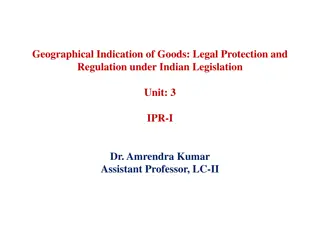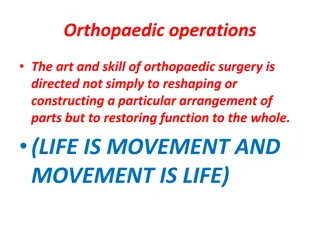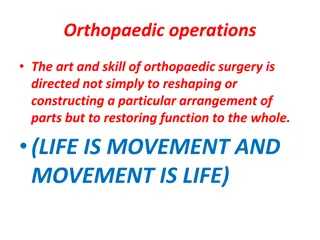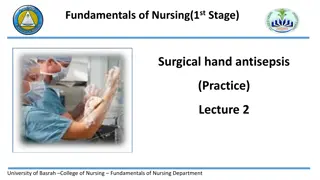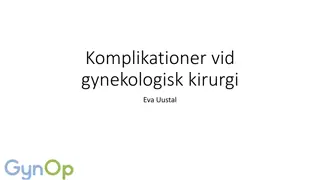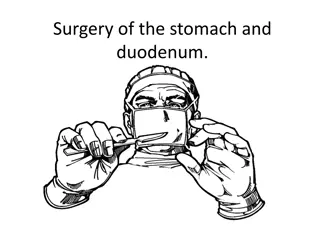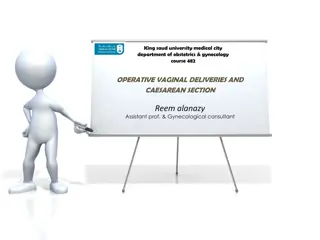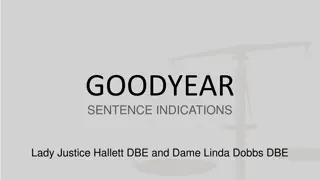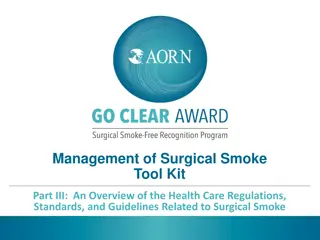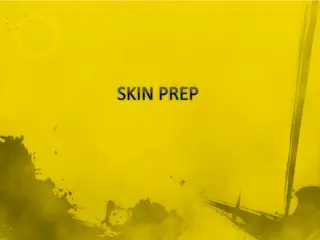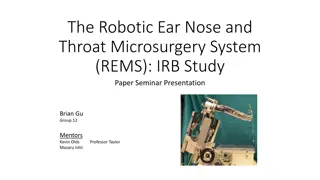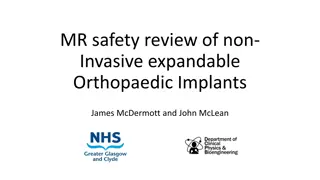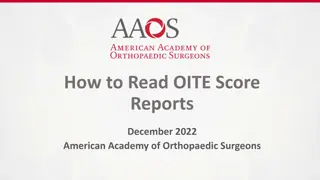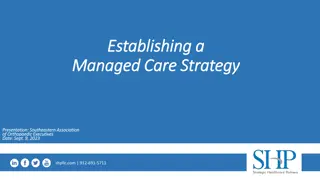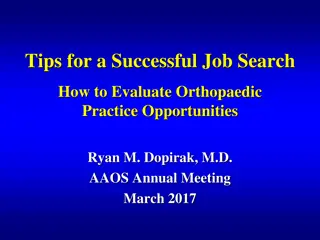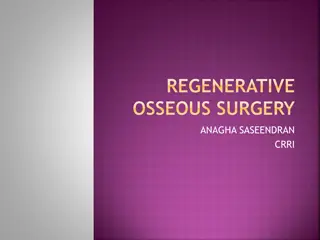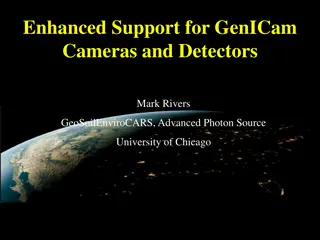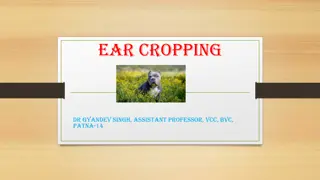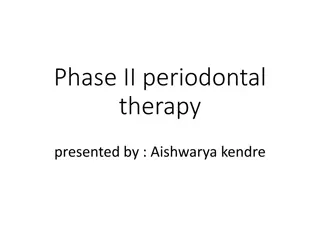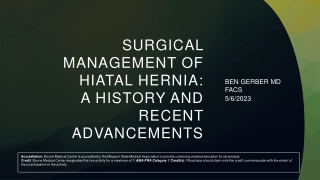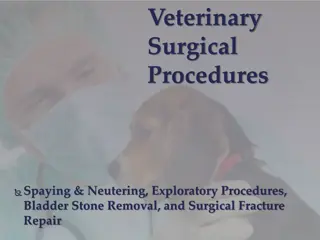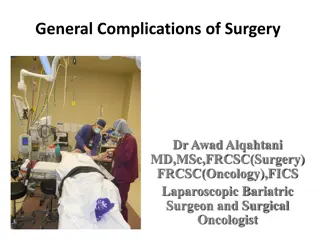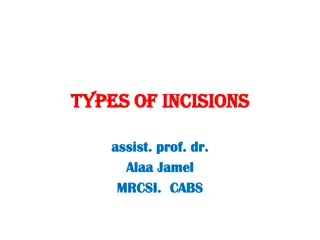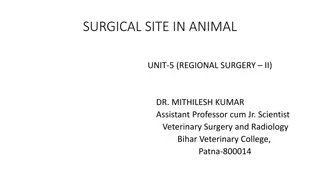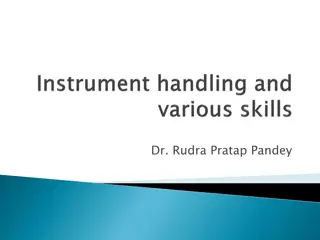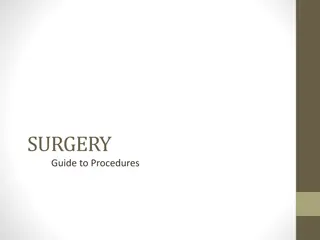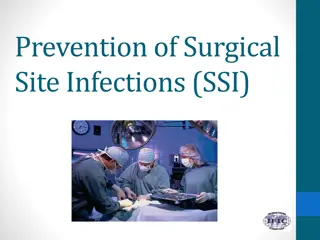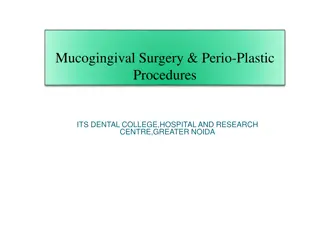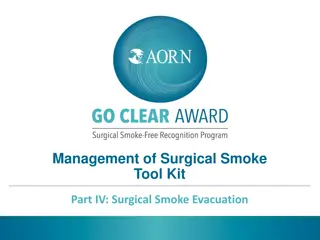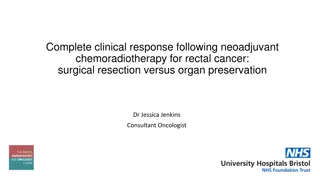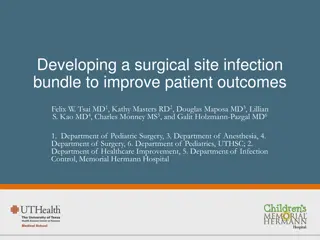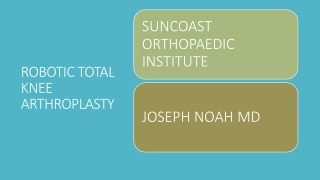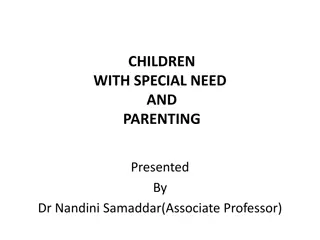Standardizing Orthopaedic Surgical Indications for Children with CP
Addressing variation in orthopaedic surgical practices for children with Cerebral Palsy (CP), a project is underway to define common procedures, assessment categories, and consensus-building steps among institutions. Key focus areas include establishing a framework for indications, identifying procedures, and outlining support features for clinical decisions.
Download Presentation

Please find below an Image/Link to download the presentation.
The content on the website is provided AS IS for your information and personal use only. It may not be sold, licensed, or shared on other websites without obtaining consent from the author. Download presentation by click this link. If you encounter any issues during the download, it is possible that the publisher has removed the file from their server.
E N D
Presentation Transcript
Mission Impossible: CP standardization of Orthopaedic Surgical Indications Jim McCarthy; Rutz, Erich; Wade Shrader; Erich Rutz; Tom Novacheck; Kerr Graham; Davids, Jon R.; Kay, Robert; Tim Theologis; Unni Narayanan; Anja Van Campenhout; Laura Brower; Paul Gross CPRN Houston Investigators Meeting May 31-June 1, 2018 1
Objective and mission: Practical steps towards understanding and defining current orthopaedic surgical practice variation for the treatment of children with CP. CPRN Houston Investigators Meeting May 31-June 1, 2018 2
INITIAL STEPS Discuss: Time and frequency of conference calls: monthly maybe web based -Ground rules, barriers and concerns for participation, publication, funding -Define common procedures to outline indications (VDRO, PSF, RFT, DFEO, HMS, GAST, PSOAS, Tibal DRO, SPLATT, Foot osteotomies, etc) -Define categories of assessment (ie History, physical exam, GMFCS, Imaging, MAL data) -Discuss how we will vet/group results Use expert consensus for procedures we have consensus on Delphi of those we can try to gain consensus CP registry and other data for those that we agree to disagree on CPRN Houston Investigators Meeting May 31-June 1, 2018 3
1 Identified 10 great institutions interested in being involved with this project Created and tested framework for indications 2 defined the 30+ procedures that are commonly performed 3 created a summary document (included for 2 common procedures) CPRN Houston Investigators Meeting May 31-June 1, 2018 4
Framework for support Framework for support The clinical problem we are addressing (or preventing), and the benefit that this will translate into for the patient (intended outcome) Features of the clinical history/symptoms that will point to the clinical problem above, including GMFCS and age. The physical examination finding/s that support the decision Observed gait deviation Static (on table) exam The Imaging findings (where applicable) to support the decision The video &/or 3-D gait analysis findings (where applicable) that support (or suggest avoiding) the procedure. The intra-operative examination under anesthesia that that support (or suggest avoiding) the procedure. Other important considerations Recommended technique/s of the procedure and variation CPRN Houston Investigators Meeting May 31-June 1, 2018 5
Summary Femoral derotational Osteotomy Medial Hamstring lengthening Clinic problem/benefit Gait dysfunction-Internal rotation (7) Anterior knee pain (2) Fatigue Lever arm deformity/disease (Hip displacement) Lack of knee extension in standing (2) Lack of knee extension walking (5); jump or crouch gait Anterior knee pain (3) Post knee pain (1) Goals (inc Step length, endurance, stand taller) Clinical history (includes GMFCS) GMFCS I-III (4) Tripping (5) Cosmetic concerns (GOAL questionnaire) IV-V ADLs-sever IR I-V hip displacement (assumes varus) GMFC I-III (3) Worsening crouch (5) KF in early/midstance, late swing Decreased ambulation/fatigue (5) Increase need for external support Physical exam (includes obs gait) Ryders test (3); FNA > 30-35 (2); > 40 or > 30 with IR > 15 (1) IR > ER (6); IR > 60, ER < 25;ER > 2x IR(2) IR combined with ETT No foot/other issues that would cause IR Hip abductor weakness Pop angle increased (7); > 60 (3); > 40 (1); HMST shift < 20 deg improvement knee ext deficit test: mimics gait in exam Hamstring spasticity knee ROM (2) > 25 deg Sig FFD contraindication (3);FFD < 10 (2) KFC indication Obs gait exam Flexed knee gait (2) Short step length Obs gait exam IR (knees inward) (5) Imaging (radiographic/other) CT rotational profile (rarely)(4);FNA > 30 EOS FNA > 30 AP pelvis to assess hip coverage None (4) Lateral knee xray (3);if > 10 (1) Bone age if guided growth (2) Formal Gait analysis data (Kinematics and Kinetics, EMB, plantar pressures, modeling) Kinematics Internal mean hip rotation (7);in ST phase (1); > 10 degrees IR (1); IR > 2x ER (1;,>2SD(1); > 15 (1) Ext pelvic rotation hemi (3) Internal FPA (4);unless ETT (1) Kinetics Inc knee varus moment (2) EMG Pedo Other Inc GVS, GPS (if hip contributes from MAP) Kinematics Inc knee flexion in stance (6); > 20 (1) Inc knee flexion at IC (5); > 30 (1) Inc knee flexion in TerSw (2) Post pelvic tilt Kinetics Inc internal extension moment midstance (3) EMG Hamstring prolonged activity midstance (2) Pedo Other modeling of length short and slow (5);with PA> 60 (1) Increased energy expenditure Inc sag knee GVS, Inc GPS from knee (MAP) Intra-operative exam under anesthesia Preoperatively IR > ER (4); IR > 60;ER < 25 (1); IR 2x > ER (2) Inc anteversion on fluoroscopy FNA > 30-35 Postoperatively ER 2x IR (3) Goal to Equalize IR and ER Goal FNA 5-10 (2) Do not de-rotate beyond anteversion (create retroversion) (2) Preoperatively PA (4) increased;> 40 (1) FFD < 10 Knee extension deficit Postoperatively Pop angle improved to 30 (2); improved by 30 (2); assess after proximal VDROs (1) Knee ROM 6
Next steps Create a better computerize format to collate and share data Expand to additional list of procedures Identify procedures for which in person Delphi would be appropriate (at AACPDM) Begin to establish areas in need of further study (registries) 7


